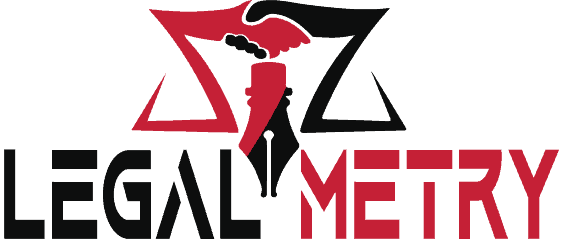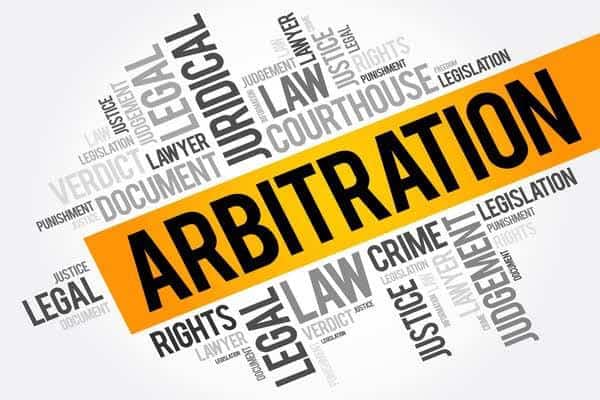BONUS DEBENTURES: A STONE LEFT UNTOUCHED BY THE REGULATORY FRAMEWORK
INTRODUCTION On June 3rd 2021, Britannia Industries allotted unsecured, non-convertible redeemable, fully paid-up debentures as bonus debentures to its equity shareholders to raise 698.51 Crores as per the scheme of arrangement. These debentures can be redeemed after 3 years and are proposed to be listed on the Bombay Stock Exchange and the National Stock Exchange. …
BONUS DEBENTURES: A STONE LEFT UNTOUCHED BY THE REGULATORY FRAMEWORK Read More »








